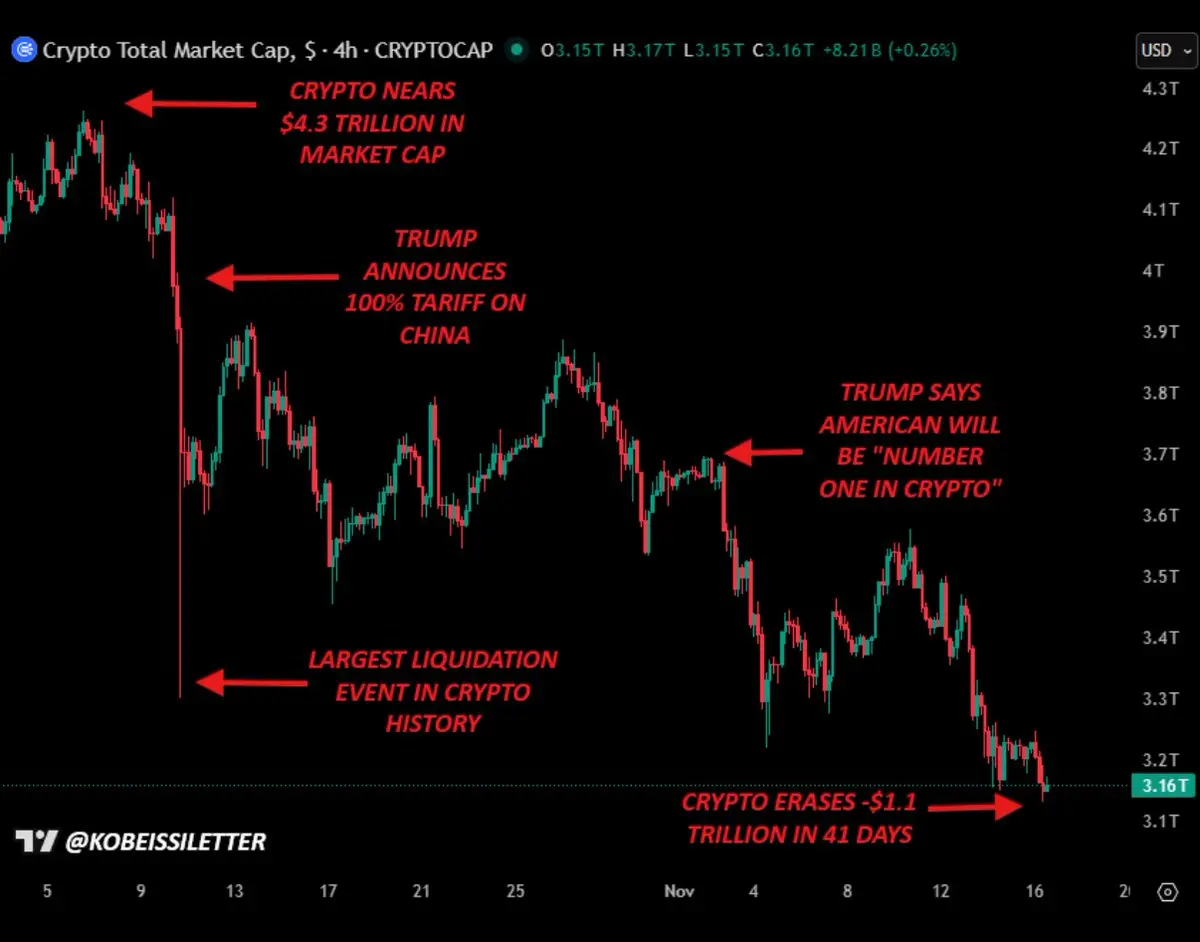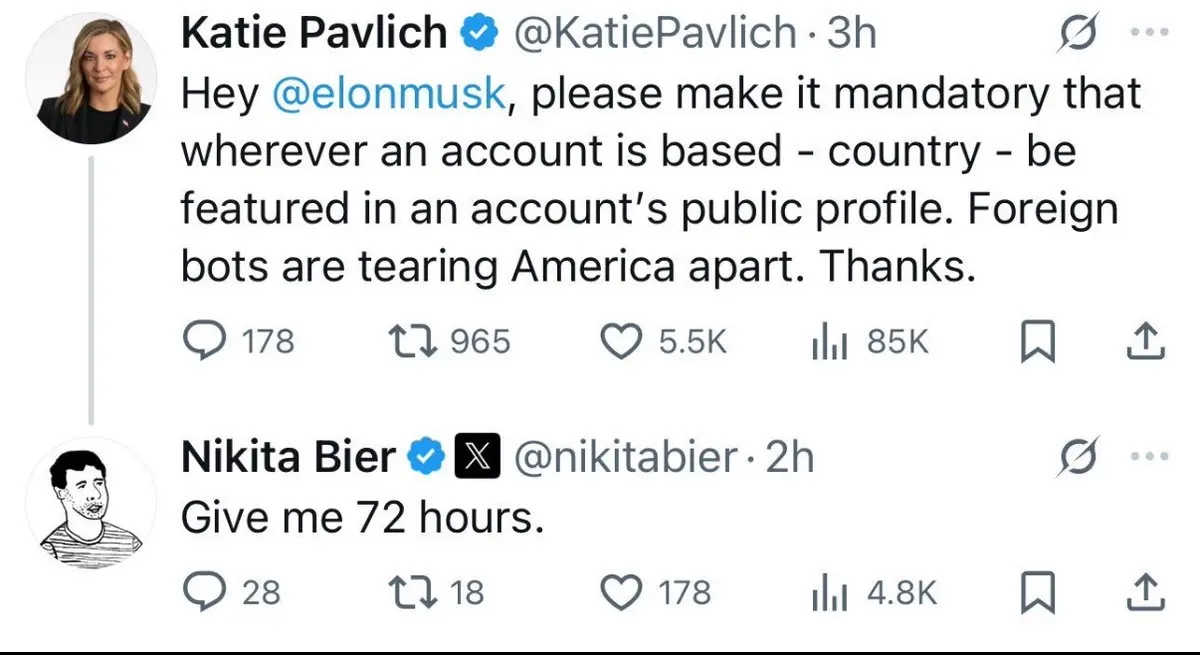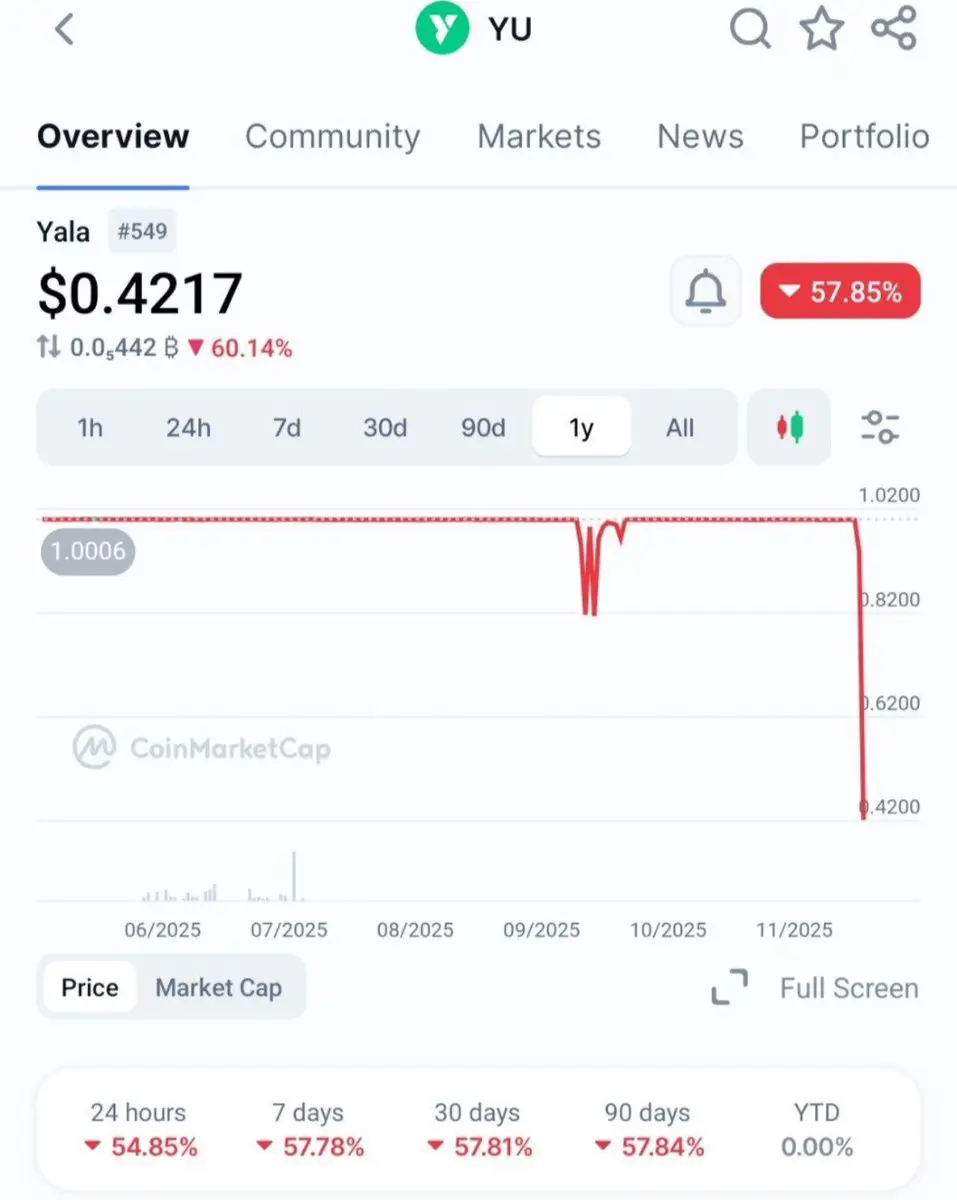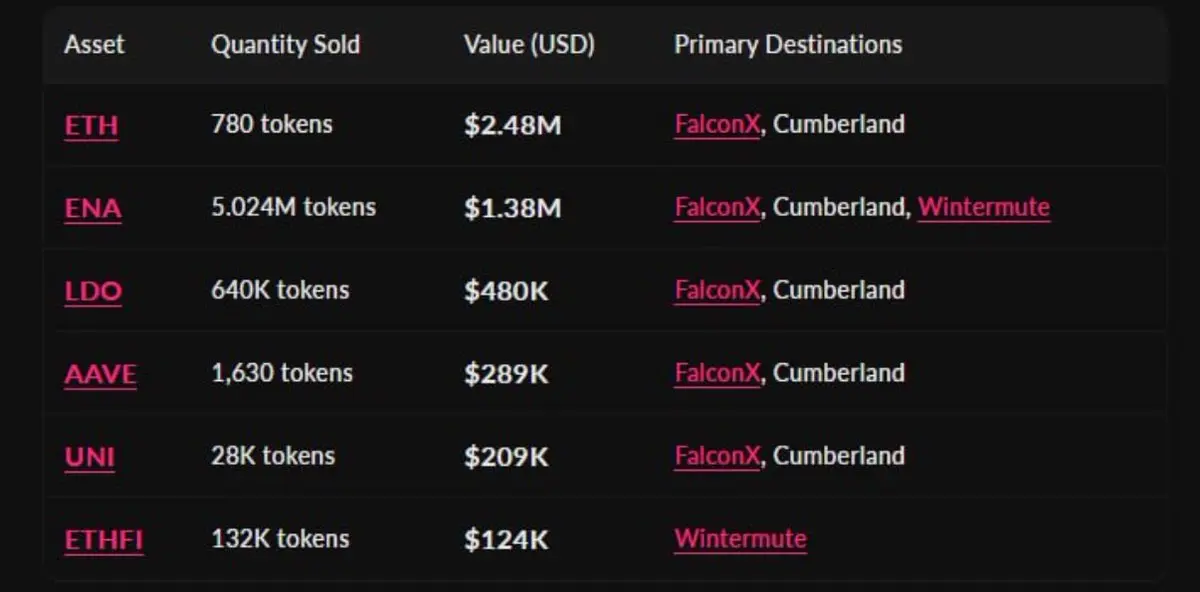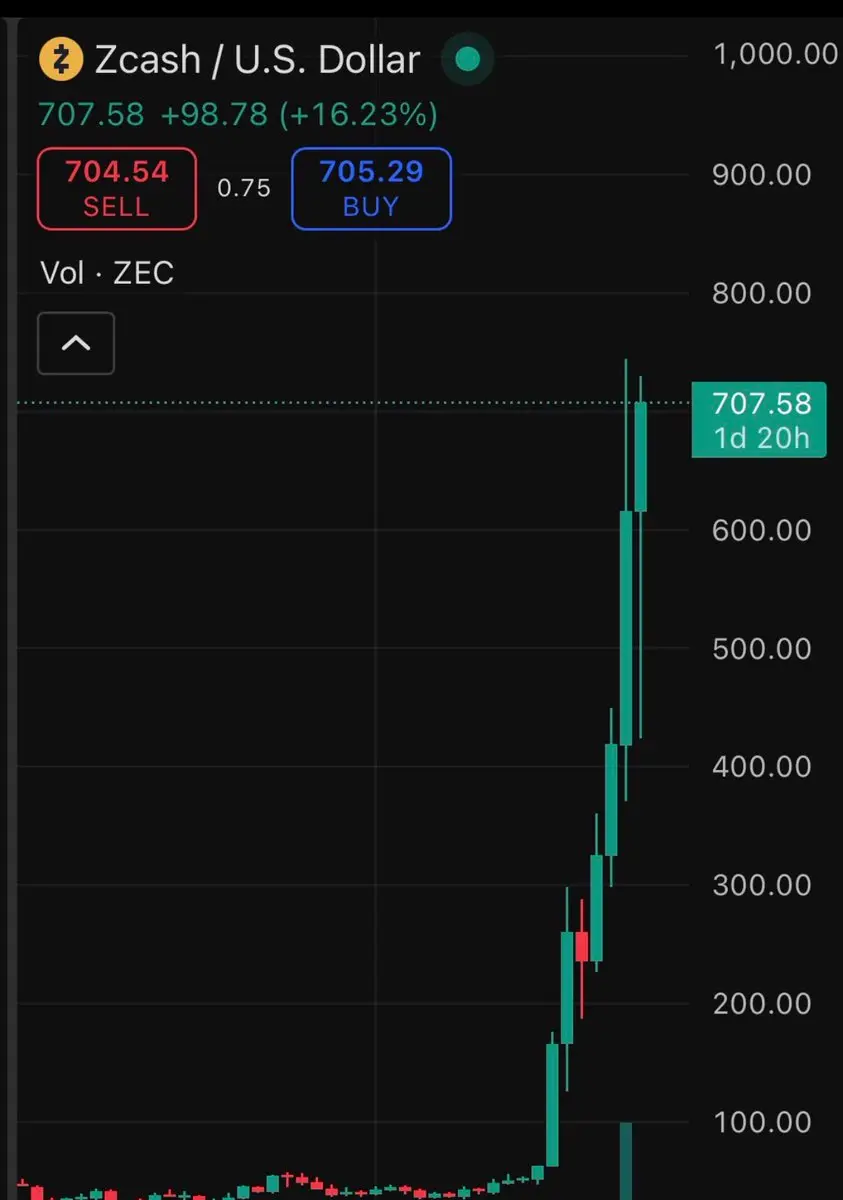Justin Wu Token2049
用戶暫無簡介
- 讚賞
- 點讚
- 留言
- 轉發
- 分享
- 讚賞
- 點讚
- 留言
- 轉發
- 分享
web3 ID 總是感覺可疑,但 @snowball_money 有點修復了它
MNS = 你的用戶名
ORS = 你的信任分數
簡單。幹淨。沒有機器人。
是的,$SNOWAI soon @ChainGPT_Pad
再見機器人,您好真實聲譽。
查看原文MNS = 你的用戶名
ORS = 你的信任分數
簡單。幹淨。沒有機器人。
是的,$SNOWAI soon @ChainGPT_Pad
再見機器人,您好真實聲譽。
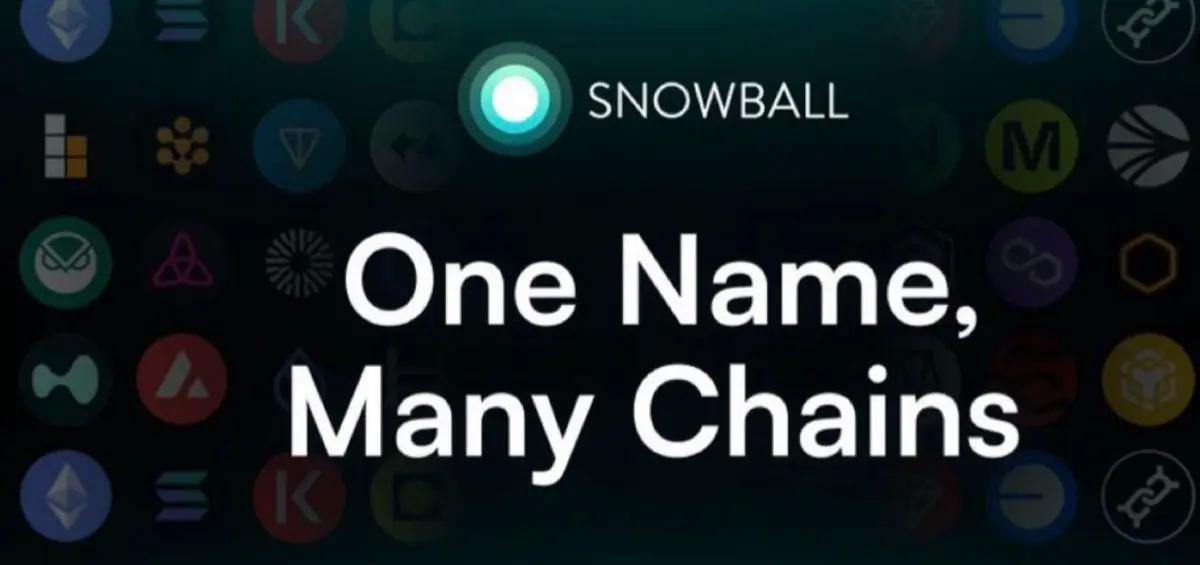
- 讚賞
- 點讚
- 留言
- 轉發
- 分享
- 讚賞
- 點讚
- 留言
- 轉發
- 分享
- 讚賞
- 點讚
- 留言
- 轉發
- 分享
- 讚賞
- 點讚
- 留言
- 轉發
- 分享
每個人都稱 @snowball_money 是另一個命名應用,但這真是個懶惰的看法。
但我認爲,Snowball 是整個模塊化世界中一個更大、更便捷的身分。
ENS幫助你讀取錢包。
Snowball幫助您隨身攜帶您的身分,資產、社交足跡、聲譽,所有這些都與您一起跨越EVM、Solana、NEAR以及下一個出現的鏈。
這是真正的多鏈身分
>> LayerZero驅動的跨鏈名稱解析
>> 基於AI的鏈上聲譽引擎
>> 到2026年實現100萬+活躍身分的目標
>> 這是您的數字信任層。
>> 你的身分終於可移植、可組合,並完全屬於你。
Snowball 可能最終會成爲 Web3 一直在等待的身分層。
查看原文但我認爲,Snowball 是整個模塊化世界中一個更大、更便捷的身分。
ENS幫助你讀取錢包。
Snowball幫助您隨身攜帶您的身分,資產、社交足跡、聲譽,所有這些都與您一起跨越EVM、Solana、NEAR以及下一個出現的鏈。
這是真正的多鏈身分
>> LayerZero驅動的跨鏈名稱解析
>> 基於AI的鏈上聲譽引擎
>> 到2026年實現100萬+活躍身分的目標
>> 這是您的數字信任層。
>> 你的身分終於可移植、可組合,並完全屬於你。
Snowball 可能最終會成爲 Web3 一直在等待的身分層。

- 讚賞
- 點讚
- 留言
- 轉發
- 分享
- 讚賞
- 點讚
- 留言
- 轉發
- 分享
這個家夥是誰,他知道些什麼?
這個時機太完美了,簡直不可能是巧合
有什麼事發生了
查看原文這個時機太完美了,簡直不可能是巧合
有什麼事發生了

- 讚賞
- 點讚
- 留言
- 轉發
- 分享
Klout 龍頭每小時更新。
你在#120睡覺。
在#270醒來。
一條病毒式的回復,你就回到了#80。
上癮這個詞都不夠形容。
@kloutgg 發現了公式
讓影響力競爭 →
公開排名 →
每小時更新 →
添加福利 →
看着每個人在時間線上變得狂野。
天才。
查看原文你在#120睡覺。
在#270醒來。
一條病毒式的回復,你就回到了#80。
上癮這個詞都不夠形容。
@kloutgg 發現了公式
讓影響力競爭 →
公開排名 →
每小時更新 →
添加福利 →
看着每個人在時間線上變得狂野。
天才。

- 讚賞
- 點讚
- 留言
- 轉發
- 分享
泰達幣 > BlackRock
在真實資產中
今天
貝萊德主導了敘述。
泰達幣悄悄地超過了他們。
RWAs 現在正式成爲一個以加密爲先的遊戲。
加密貨幣正在改寫劇本。
在真實資產中
今天
貝萊德主導了敘述。
泰達幣悄悄地超過了他們。
RWAs 現在正式成爲一個以加密爲先的遊戲。
加密貨幣正在改寫劇本。
查看原文

- 讚賞
- 點讚
- 留言
- 轉發
- 分享
- 讚賞
- 點讚
- 留言
- 轉發
- 分享
POPCAT 操作醜聞變得更加復雜
新的鏈上報告聲稱$POPCAT 在Hyperliquid上的混亂可能與之相關
👉 BTX Capital 及其創始人。
幕後發生了什麼?
26+ 錢包
假 $25M 買牆
LP 被 $5M
炸毀
攻擊者在鏈上銷毀 $4M
在CEX上可能會出現更大的空頭
與Vanessa Cao和BTX國庫相關的錢包
在$TST 操控中看到相同地址
可能與$JELLYJELLY 攻擊有關的連結
如果這是真的,這就是協調的市場濫用。
加密貨幣從不休眠,但顯然操縱者也不休眠。
新的鏈上報告聲稱$POPCAT 在Hyperliquid上的混亂可能與之相關
👉 BTX Capital 及其創始人。
幕後發生了什麼?
26+ 錢包
假 $25M 買牆
LP 被 $5M
炸毀
攻擊者在鏈上銷毀 $4M
在CEX上可能會出現更大的空頭
與Vanessa Cao和BTX國庫相關的錢包
在$TST 操控中看到相同地址
可能與$JELLYJELLY 攻擊有關的連結
如果這是真的,這就是協調的市場濫用。
加密貨幣從不休眠,但顯然操縱者也不休眠。
查看原文

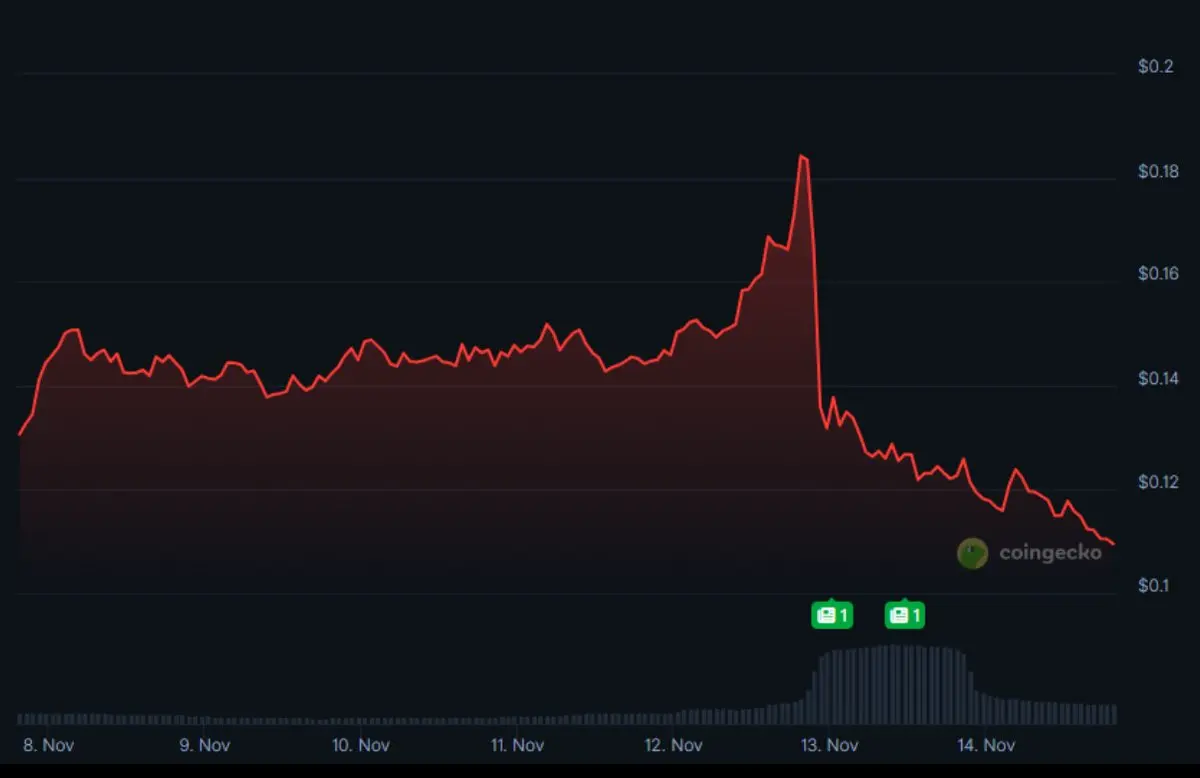
- 讚賞
- 點讚
- 留言
- 轉發
- 分享
如果Saylor在拋,那還有誰來買呢?
查看原文- 讚賞
- 點讚
- 留言
- 轉發
- 分享



